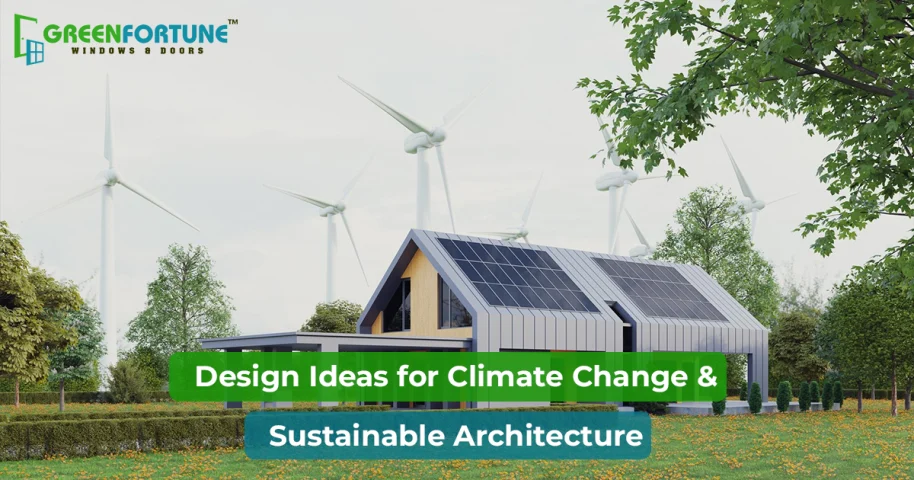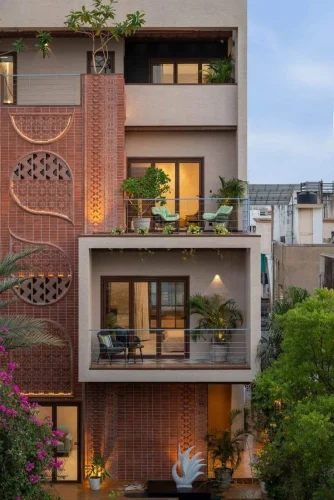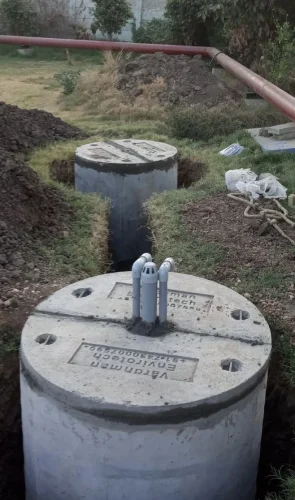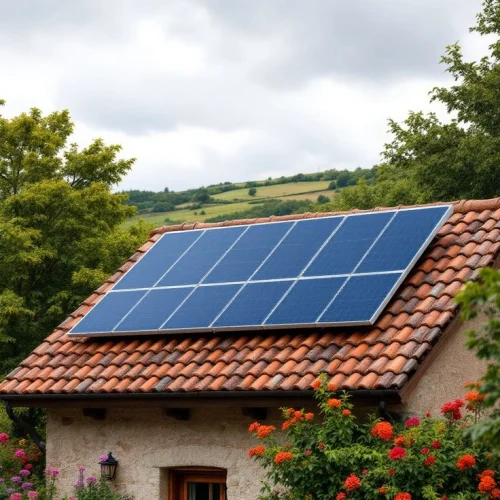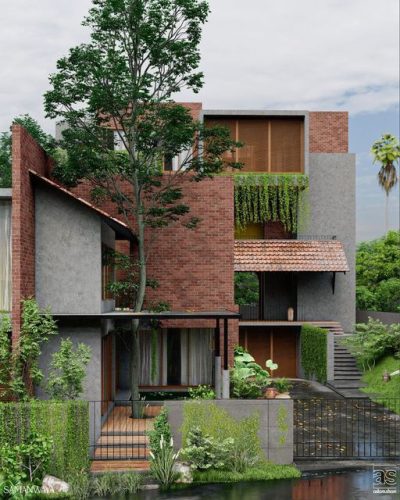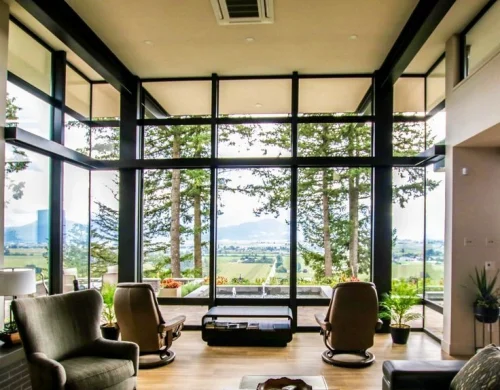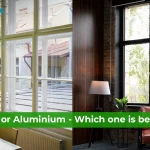
UPVC vs Aluminium Windows Comparison: Which One Should You Pick in 2025
June 11, 2025
Indian Homeowners Guide to Double Glazed vs Single Glazed uPVC Windows
June 11, 2025Climate change? It's not just a story anymore, it's happening right outside our doors. We're feeling the heat more than ever, seeing heavier rains, and watching glaciers melt away too fast. A big report from the UN gives us a clear warning: by 2050, over 1.6 billion people in nearly a thousand cities will be dealing with extreme heat all the time.
That's a huge number, and it tells us something important: we need homes that can handle these tougher times. Good news! Resilient homes are our powerful answer. They're built to keep us safe and comfortable, no matter what the weather throws at us.
What is a Resilient Home?
A resilient home is a house designed to endure environmental challenges, like climate change, natural disasters, and extreme weather conditions. These homes incorporate smart, sustainable, and durable features that improve energy efficiency, structural strength, and adaptability to unpredictable changes.
Design Strategies for Climate Change
Here are some steps you can follow to design a resilient homes to climate change:
1. Battling Heatwaves with Sustainable Architecture
As extreme heat becomes the norm, our homes must become cool havens. Green roofs are a game-changer. They insulate your home, stop it from getting too hot, and help manage heavy rain. Imagine a roof that not only keeps your home cool but also helps manage heavy downpours!
These roofs reflect sunlight, making rooms much cooler and cutting down on energy use. Also, using recycled or local materials like wood, mud, and stone makes building greener. This lowers pollution and helps create homes that are good for the Earth.
2. Smart Ways to Save Water
With unpredictable rain and more dry spells, saving water is key for the long run. It also means you rely less on outside water sources.
Think about these important steps:
- Collecting and storing rainwater for your garden and home use.
- Recycling wastewater to avoid wasting it.
- Upgrading taps and showers to use water smartly, cutting down how much you use without losing comfort.
- Choosing ground surfaces that soak up water. This stops too much runoff and refills underground water, creating a self-sufficient home.
3. Sustainable Energy Sources
Switching to clean energy is vital for less pollution and better efficiency. It gives you more freedom and a more reliable power source.
This means:
- Not depending too much on the main power grid.
- Storing extra energy for a steady and reliable system.
- Adding technology that uses electricity wisely. This cuts costs and waste and results in homes that are more independent, eco-friendly, and truly ready for any climate.
4. Building Stronger Homes: Beyond the Basics
A truly resilient home is built to handle extreme conditions, and it has features like:
- Higher Foundations: We can raise foundations to keep floodwaters out, stopping water from entering your home.
- Waterproof Materials: Using waterproof materials everywhere prevents water damage inside and out.
- Stronger Windows & Roofs: Reinforced windows and tough roofing act like a shield, protecting your home from powerful storms and strong winds, making it last much longer.
- Fire Protection: Using fire-resistant building materials lowers the risk of wildfires.
- Earthquake Protection: Structures with flexible foundations that can move a little make the home more stable and safe.
5. Climate-Ready Communities
Building resilient homes isn't just about one house, it's about making stronger and safer communities. Disaster-resistant homes are made to stand up to floods, fires, and wild weather. This greatly reduces people having to move and financial losses for families.
Green materials and smart designs help homes be more self-sufficient, giving people long-term stability. By focusing on strong housing, communities will be better prepared for future challenges, creating safety and well-being for generations to come.
Also Read: Maximizing Natural Light with uPVC Window Designs
Conclusion
Investing in resilient homes is a smart and necessary step for a safer, greener future. As climate change shifts our world, these homes offer more than just shelter. They give strong protection, better comfort, and financial security.
By choosing green design, smart tech, and sturdy building, we create homes ready for tomorrow's challenges and help our planet today. It's about making good choices now to protect our families, our money, and our shared future.
Also Read: Top Ventilation Window Designs for Optimal Airflow
Green Fortune Windows & Doors
Looking for windows and doors that truly enhance your home? At GreenFortune, we offer long-lasting, aesthetically pleasing, and energy-efficient uPVC solutions. Our products, like windows and doors, are tailored to your needs, offering comfort and style. Explore GreenFortune products here.
Also Read: 7 modern and minimalistic steel grill designs for windows for your home
Frequently Asked Questions (FAQs)
Q1: Are resilient homes expensive to build?
A: While some strong features might cost more at first, these investments often save a lot of money over time. It also results in lower energy bills, less repair work after bad weather, and possibly cheaper insurance.
Q2: Can old homes be transformed into resilient homes?
A: Yes, we can transform old homes into resilient homes. This involves steps like improving windows, sealing leaks, adding rainwater systems, and strengthening roofs. Even small upgrades over time can make the old homes more resilient.
Q3: How thick should the flooring of resilient homes be?
A: Generally, resilient flooring comes in thicknesses from 2mm up to 8mm. For the majority of residential houses, the planks range from 4mm to 6mm, since this size is durable, comfortable, and affordable. The thin option may be less expensive, while the thick one will give you more protection and a longer life, generally.




